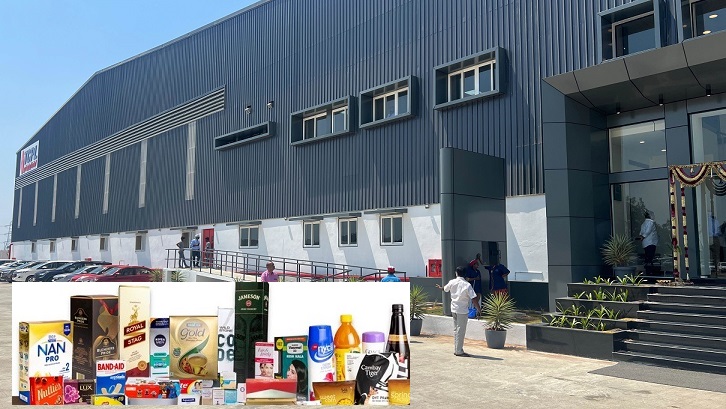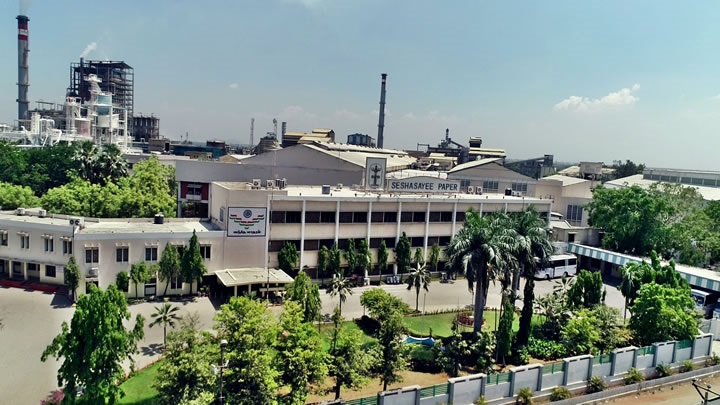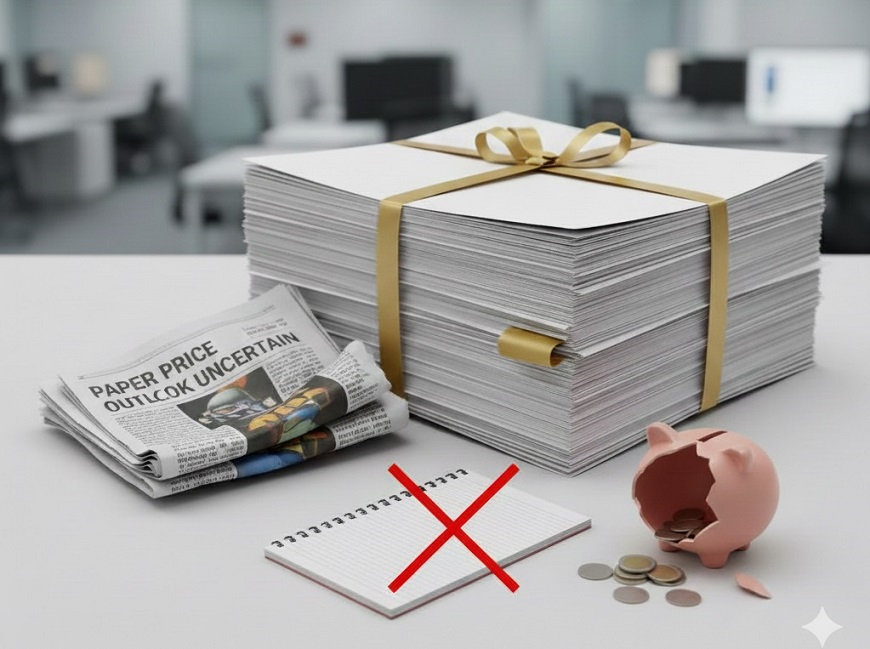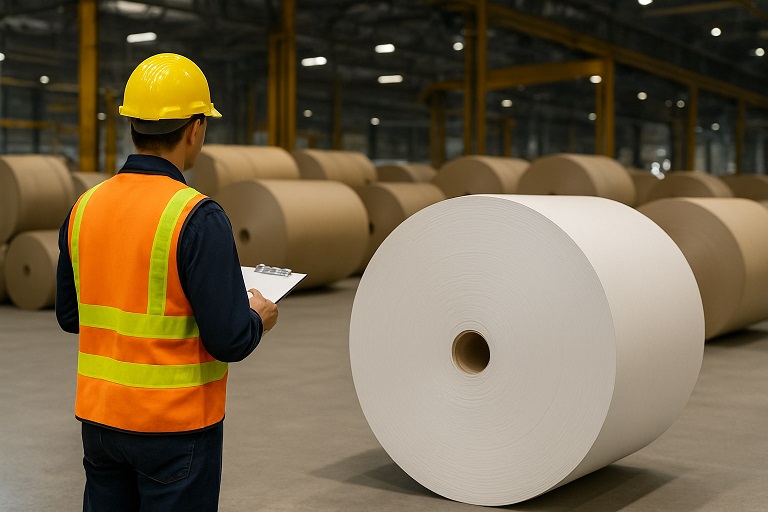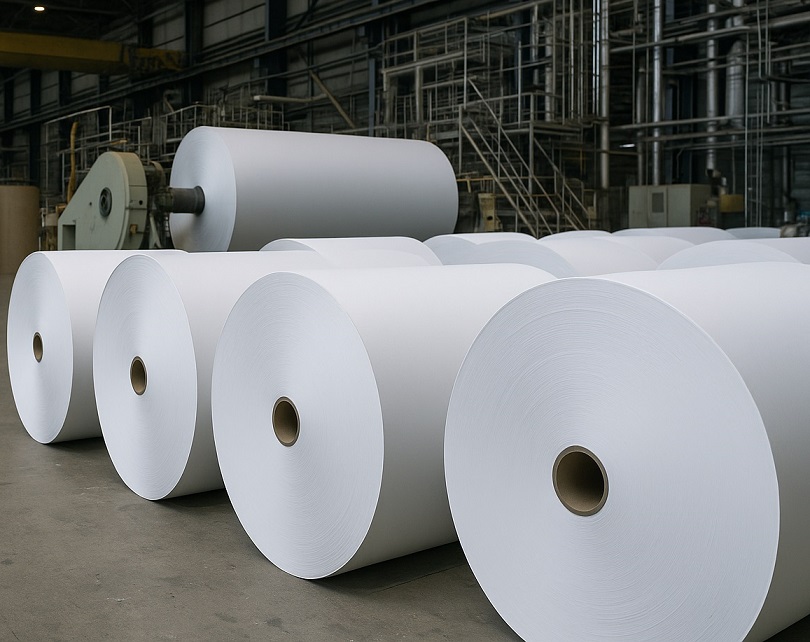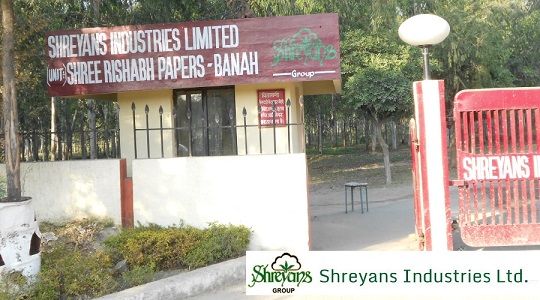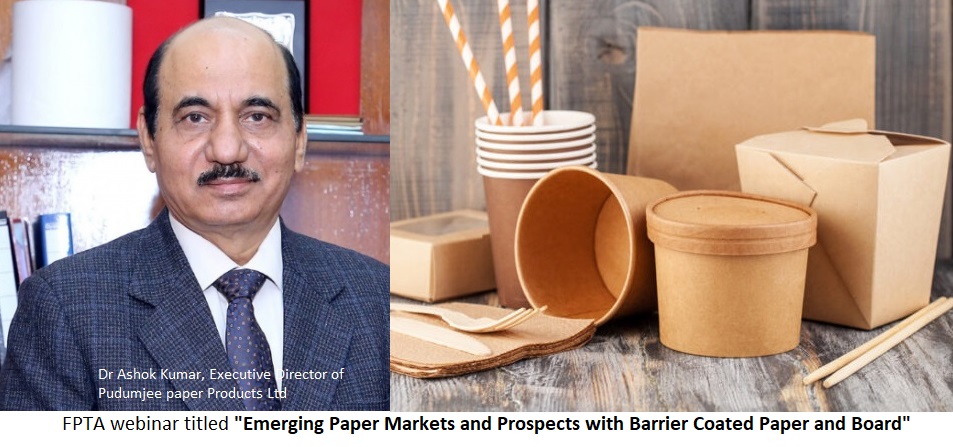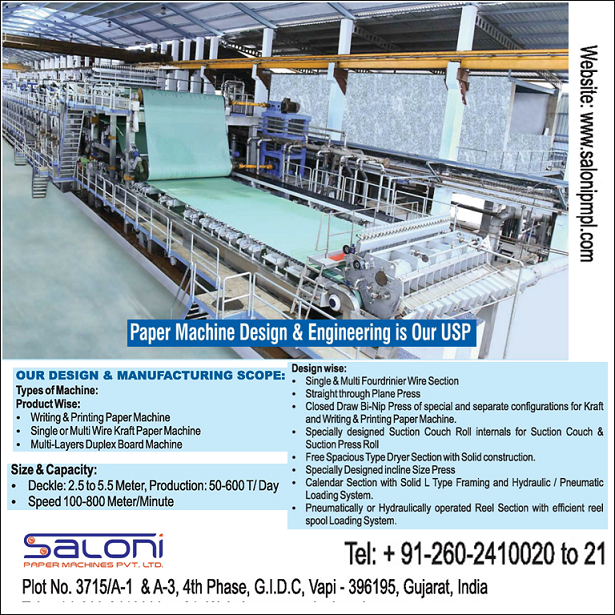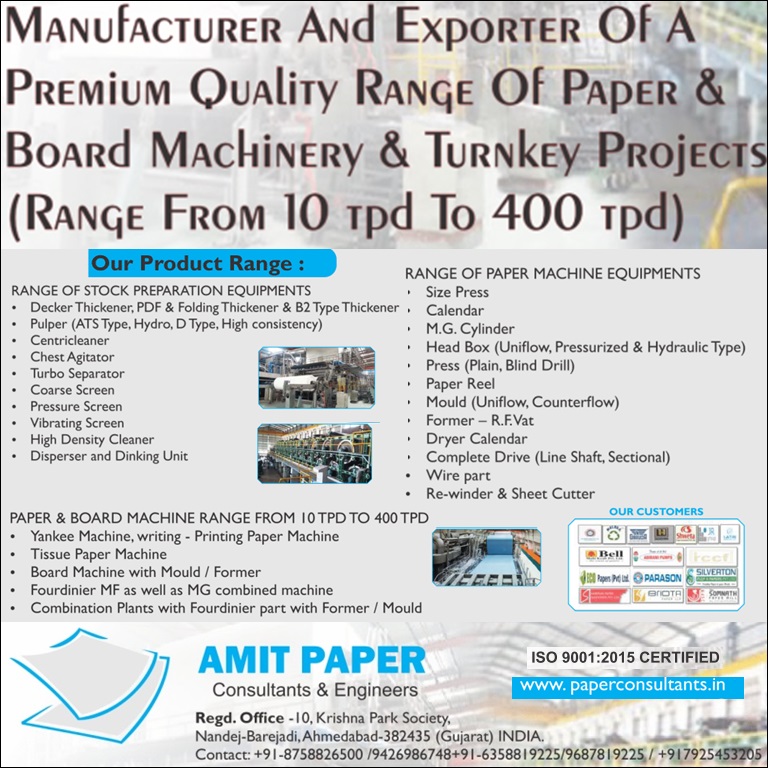Govt Proposes EPR Rules for Packaging Made from Paper, Effective from 1st April 2026
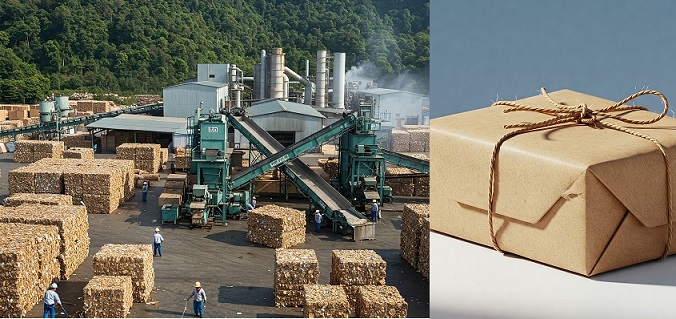
Govt Proposes EPR Rules for Packaging Made from Paper, Effective from 1st April 2026
The Pulp and Paper Times
New Delhi, May 1, 2025 — In a major step toward strengthening India’s waste management framework and promoting a circular economy, the Union Ministry of Environment, Forest and Climate Change (MoEF&CC) has issued a draft notification on 6th December 2024 proposing Extended Producer Responsibility (EPR) for packaging made from paper, glass, and metal, as well as for sanitary products.
The draft rules, titled Environment Protection (Extended Producer Responsibility for Packaging made from paper, glass and metal as well as sanitary products) Rules, 2024, are set to come into effect on April 1, 2026. They aim to ensure the environmentally sound management of post-consumer waste, encourage resource conservation, and create economic opportunities through the reuse, recovery, and recycling of materials.
Key Objectives and Background
The notification marks a significant shift in the management of waste materials like paper, glass, and metal, which until now have been governed under the Solid Waste Management Rules. With the introduction of EPR, the government seeks to reduce the extraction of virgin resources, improve material efficiency, and enhance environmental quality across the country.
By bringing sanitary products into the EPR fold, the rules also address a critical but often overlooked waste stream, aiming to turn waste into a resource and generate wealth from discarded materials.
Who Will Be Covered
The proposed rules will apply to:
• Producers (P) introducing packaging made from glass, metal, and paper, including paperboard, and sanitary products into the market;
• Importers (I) of these packaging materials and sanitary products;
• Brand owners (BOs) selling products with such packaging; and
• Waste processors handling post-consumer packaging and sanitary waste.
The EPR obligations specifically cover paper, glass, and metal packaging (excluding non-ferrous metals already regulated under the Hazardous Waste Rules), while plastic packaging will continue to be governed under the Plastic Waste Management Rules, 2016.
Registration and Compliance
Entities covered under the EPR regime will be required to register on a centralized online portal developed by the Central Pollution Control Board (CPCB). PIBOs (producers, importers, brand owners) operating in one or two states will register through the respective State Pollution Control Boards (SPCBs) or Pollution Control Committees (PCCs), while those operating in more than two states will register through CPCB.
Businesses starting operations in a given year will have EPR obligations beginning the following financial year. Importantly, no business will be allowed to operate in this sector without registering on the centralized portal.
Meeting EPR Targets
The draft rules outline clear mechanisms for meeting EPR obligations. PIBOs must obtain EPR certificates from registered recyclers or processors and submit details of recycling and end-of-life disposal quantities by June 30 of the next financial year. These submissions will be cross-checked, and in case of discrepancies, the lower figure will be considered for compliance.
The online system will maintain a material balance sheet, reflecting the packaging materials and sanitary products introduced and processed by each entity, as well as records of audits conducted on PIBOs and waste processors.
Public Consultation Period
The draft notification has been published to inform the public and stakeholders who may be affected by these new regulations. A sixty-day window has been provided for submitting comments and feedback, after which the ministry will finalize the rules.
Promoting a Circular Economy
The government’s push for EPR on packaging and sanitary products aligns with its broader goals of promoting a circular economy, creating green jobs, encouraging innovation, and reducing environmental impact. By diverting significant waste streams away from landfills and into recycling and recovery channels, the rules are expected to contribute to a cleaner, more sustainable future.
Settling for lenient targets of recovery
CSE has proposed ambitious recovery targets for recycled fiber-based (RCF) paper industries:
• 95 per cent domestic recovery rate by 2028: This aggressive target aims to significantly boost domestic recycling efforts.
• Limited international sourcing: Importing wastepaper should be restricted to a mere five per cent of total raw material needs.
• Focus on domestic sources: Prioritise the use of recycled or virgin wastepaper sourced entirely within the country.
However, the draft EPR guidelines limit these targets to packaging-grade paper. This exclusion may undermine the broader goal of comprehensive waste management. Targeting a 70 per cent recovery rate by 2026-27 is overly lenient and essentially redundant, as this target has already been almost achieved.
Furthermore, as suggested by CSE, a recovery rate of 95 per cent from 2027-28 onwards is more appropriate, considering the fraction of imported material. However, the draft notification aims for only 85 per cent during that timeframe.
While this draft EPR guidelines represent a positive step towards sustainable waste management, a closer analysis reveals crucial gaps that need to be addressed to create a truly robust and effective framework. The CSE, in its aforementioned report highlighted several recommendations, some of which have been incorporated in the draft, while others remain unaddressed.
Web Title: Govt Proposes EPR Rules for Packaging Made from Paper, Effective from 1st April 2026





 Join WhatsApp Group
Join WhatsApp Group Join Telegram Channel
Join Telegram Channel Join YouTube Channel
Join YouTube Channel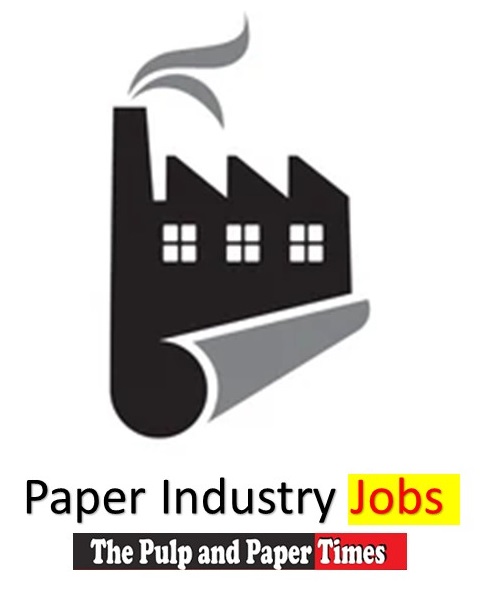 Join Job Channel (View | Submit Jobs)
Join Job Channel (View | Submit Jobs) Join Buy Sell Channel (Free to Submit)
Join Buy Sell Channel (Free to Submit) Paper News Headlines Channel (Free to read)
Paper News Headlines Channel (Free to read)




